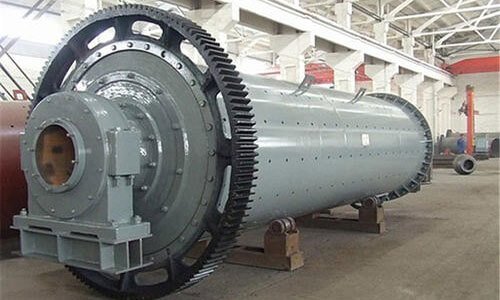
Barrel Tumbling: Preparation for Recycling
Barrel tumbling, also known as mill tumbling, is a mechanical process used in the metal recycling industry. This process is crucial for preparing scrap metal for recycling by cleaning, deburring, and finishing the metal surfaces.
The Process of Mill Tumbling
Basic Mechanism:
- In mill tumbling, metal scrap is placed in a tumbling barrel along with abrasive media.
- The barrel is rotated, causing the metal pieces to rub against the media. This action cleans the metal, removes burrs, and enhances surface finish.
Types of Media:
- The media used varies based on the metal type and desired outcome. Common media include ceramic, plastic, steel, and natural substances like walnut shells.
- The choice of media affects the aggressiveness of the process and the quality of the finish.
Role in Metal Recycling
Preparing for Recycling:
- Mill tumbling is used to clean and refine scrap metal before it is melted down and reformed, ensuring higher quality in the recycled product.
Enhancing Metal Quality:
- The process removes unwanted materials like rust, paint, and other coatings, which can be crucial for recycling certain types of metal.
Benefits of Barrel Tumbling
Improved Purity:
- The process effectively improves the purity and cleanliness of the metal, which is essential for high-quality recycling.
Efficiency:
- Mill tumbling can process large volumes of metal simultaneously, making it an efficient method in terms of time and labor.
Versatility:
- It can be adapted for different metals and desired finishes by adjusting the media type, tumbling time, and barrel speed.
Challenges in Barrel Tumbling
Process Control:
- Precise control of the tumbling time, speed, and media mix is crucial. Incorrect settings can lead to subpar results or damage to the metal.
Environmental and Health Considerations:
- The process generates dust and requires appropriate waste management and disposal methods. Proper ventilation and dust collection systems are important for worker safety and environmental protection.
Equipment Wear:
- The abrasive nature of tumbling can lead to wear and tear on the equipment, necessitating regular maintenance and part replacements.
Conclusion
Mill tumbling is a key process in the metal recycling industry, essential for preparing scrap metal for reuse. Its effectiveness in cleaning, deburring, and finishing metal makes it an invaluable step in the recycling process. However, it requires careful control and maintenance to ensure the desired results and to mitigate environmental impacts. As a part of the recycling process, mill tumbling contributes significantly to the quality and efficiency of metal recycling operations. Contact Franklin Metals today to learn more.

